 I always love scavenging the internet for interesting end-of-year lists every December, as I invariably find a handful of great albums and films that I slept on like a fool. In fact, a lot of those belated finds wind up being among my favorites, as the albums I miss tend to be inspired and refreshing departures from the labels and scenes that I usually follow. This unusual debut album from LA's Ana Roxanne was one such find from last year, as it surfaced back in March and I probably dismissed it instantly as a vinyl reissue of some private press New Age obscurity (if I noticed it at all). Given both the look of the album and Roxanne's aesthetic, that is not a terribly outlandish conclusion to make, but a closer listen reveals that ~~~ is considerably more compelling and distinctive than it first appears. For example, Roxanne checks two boxes that have historically been strong indicators of a radical compositional approach: she both studied Hindustani singing in India and attended the fabled Mills College. As a result, Roxanne has an unusually sophisticated understanding of harmony and avant-garde compositional techniques for this stylistic milieu. Such a path would normally steer an artist towards an Eastern drone/La Monte Young vein, yet Roxanne deftly sidesteps anything resembling a predictable path, as ~~~ can best be described as what might result if a mermaid studied with Eliane Radigue: drone-based minimalism that evokes a soft-focus idyll of lapping waves and floating, angelic voices.
I always love scavenging the internet for interesting end-of-year lists every December, as I invariably find a handful of great albums and films that I slept on like a fool. In fact, a lot of those belated finds wind up being among my favorites, as the albums I miss tend to be inspired and refreshing departures from the labels and scenes that I usually follow. This unusual debut album from LA's Ana Roxanne was one such find from last year, as it surfaced back in March and I probably dismissed it instantly as a vinyl reissue of some private press New Age obscurity (if I noticed it at all). Given both the look of the album and Roxanne's aesthetic, that is not a terribly outlandish conclusion to make, but a closer listen reveals that ~~~ is considerably more compelling and distinctive than it first appears. For example, Roxanne checks two boxes that have historically been strong indicators of a radical compositional approach: she both studied Hindustani singing in India and attended the fabled Mills College. As a result, Roxanne has an unusually sophisticated understanding of harmony and avant-garde compositional techniques for this stylistic milieu. Such a path would normally steer an artist towards an Eastern drone/La Monte Young vein, yet Roxanne deftly sidesteps anything resembling a predictable path, as ~~~ can best be described as what might result if a mermaid studied with Eliane Radigue: drone-based minimalism that evokes a soft-focus idyll of lapping waves and floating, angelic voices.
Two new shows just for you. We have squeezed out two extended release episodes for this weekend to get you through this week. They contain mostly new songs but there's also new issues from the vaults. The first show features music from Rider/Horse, Mint Field, Robert Aiki Aubrey Lowe, Anastasia Coope, ISAN, Stone Music, La Securite, Bark Psychosis, Jon Rose, Master Wilburn Burchette, Umberto, Wand, Tim Koh, Sun An, and Memory Drawings. The second episode has music by Laibach, Melt-Banana, Chuck Johnson, X, K. Yoshimatsu, Dorothy Carter, Pavel Milyakov, Violence Gratuite, Mark Templeton, Dummy, Endon, body / negative, Midwife, Alberto Boccardi, Divine. Cow in Maui from Veronika in Vienna. Get involved: subscribe, review, rate, share with your friends, send images! |



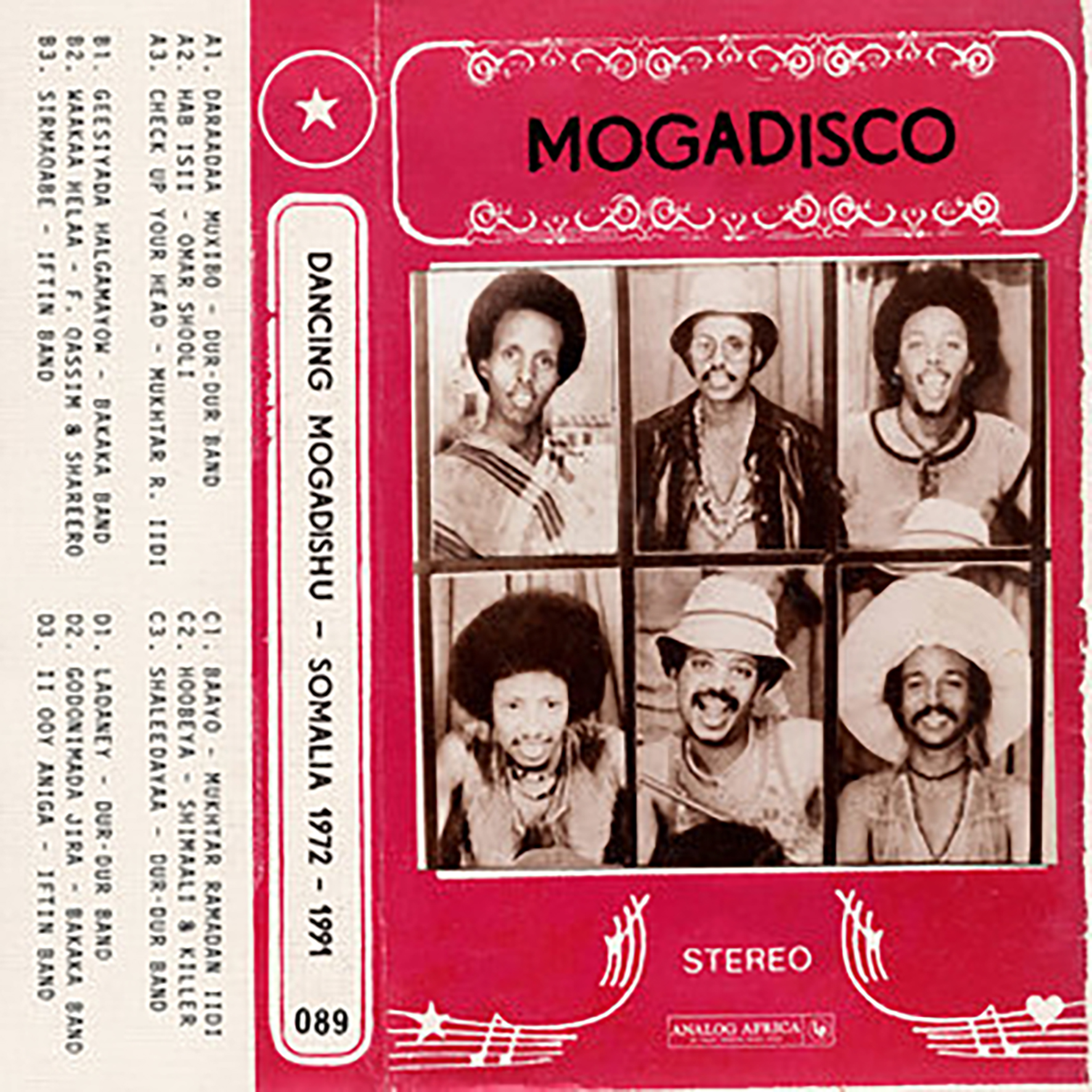
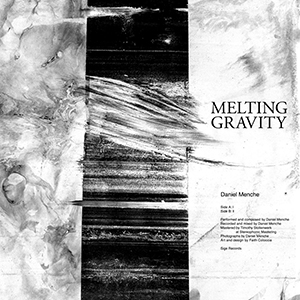 Compared to his last release on the SIGE label, the three CD Sleeper, Melting Gravity is a much tighter affair: a single LP with two side-long pieces. Unsurprisingly then, Menche stays more stylistically focused, and surprisingly creates some of the most musical sounding work yet. Most definitely not a full on noise work, but also more varied and dynamic than his more ambient works, it is yet another unique work from one of the most unique artists currently active.
Compared to his last release on the SIGE label, the three CD Sleeper, Melting Gravity is a much tighter affair: a single LP with two side-long pieces. Unsurprisingly then, Menche stays more stylistically focused, and surprisingly creates some of the most musical sounding work yet. Most definitely not a full on noise work, but also more varied and dynamic than his more ambient works, it is yet another unique work from one of the most unique artists currently active. Explaining why one Celer album is significantly better than another is no simple task, as Will Long is generally an extremely consistent artist who has released a huge volume of warmly lovely, loop-based ambient drone albums. Consequently, it is dangerously easy to take his artistry for granted, as a casual listener would not be crazy for finding a lot of Celer's oeuvre relatively interchangeable. From my perspective, however, Celer can be viewed as Long's tireless and Romantic quest to conjure up fragments of melody so achingly sublime that they can be looped into infinity. In that regard, Long has rarely come closer to realizing that dream than he does on Future Predictions. These four lengthy compositions capture Long at the absolute peak of his powers, resulting in the rarest of achievements: a 2+ hour album that leaves me wanting more and regularly inspires me to start it all over again as soon as it ends.
Explaining why one Celer album is significantly better than another is no simple task, as Will Long is generally an extremely consistent artist who has released a huge volume of warmly lovely, loop-based ambient drone albums. Consequently, it is dangerously easy to take his artistry for granted, as a casual listener would not be crazy for finding a lot of Celer's oeuvre relatively interchangeable. From my perspective, however, Celer can be viewed as Long's tireless and Romantic quest to conjure up fragments of melody so achingly sublime that they can be looped into infinity. In that regard, Long has rarely come closer to realizing that dream than he does on Future Predictions. These four lengthy compositions capture Long at the absolute peak of his powers, resulting in the rarest of achievements: a 2+ hour album that leaves me wanting more and regularly inspires me to start it all over again as soon as it ends.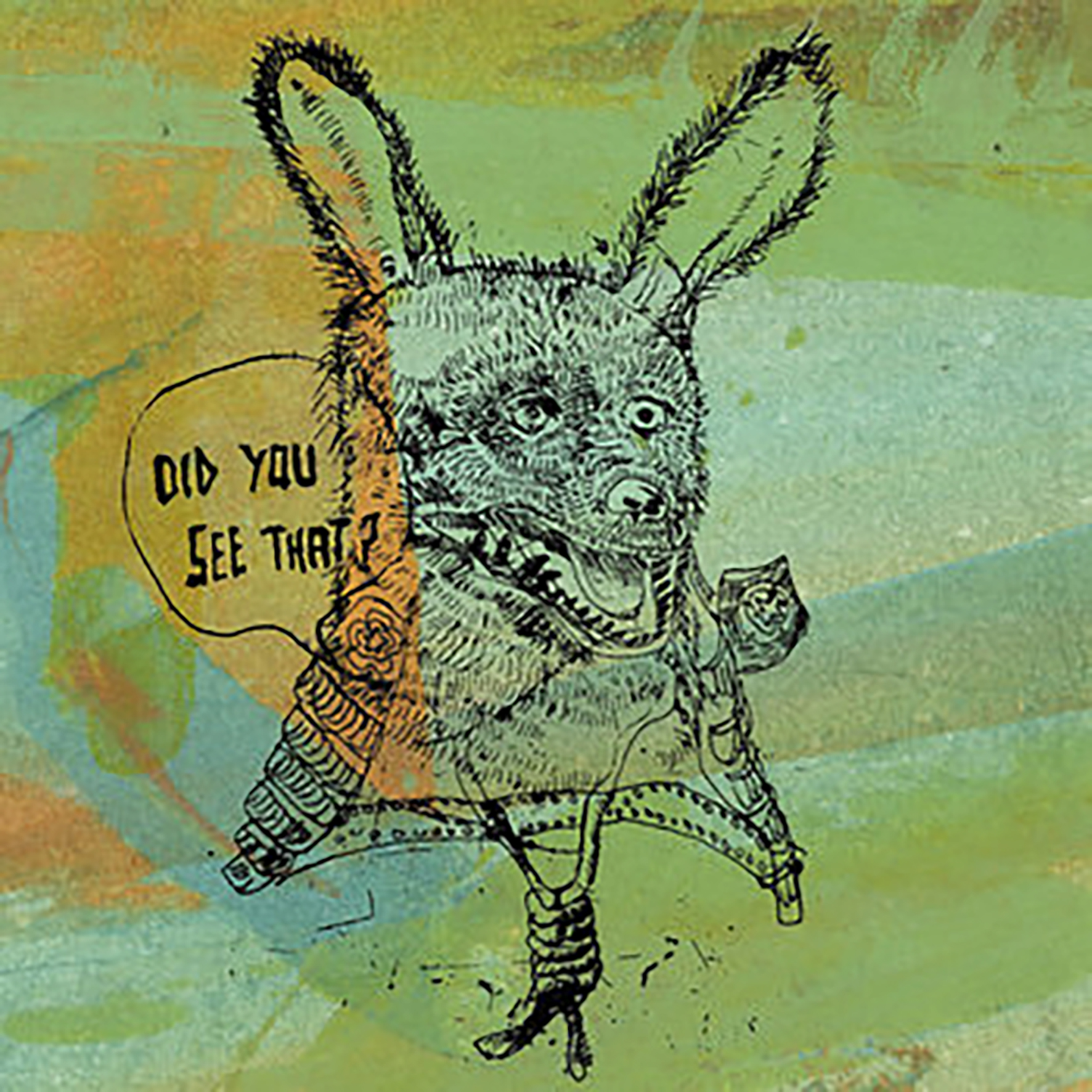
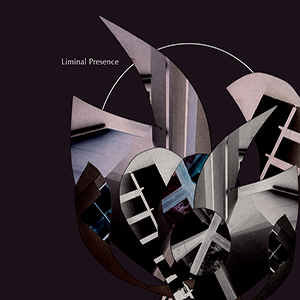 With these two new releases recorded and released in 2019, Stephen Petrus's long running noise/death industrial/ambient/whatever project continues to be productive and constantly evolving, demonstrating his wide array of influences and talents. Here are two distinctly different sounding discs, one a shared release with fellow dark synth fan David Reed (also a member of Nightmares), and the second featuring Murderous Vision in duo configuration with the addition of Jeff Curtis on bass. Each of the discs are remarkable, and exemplify just how much versatility there is in Petrus's work.
With these two new releases recorded and released in 2019, Stephen Petrus's long running noise/death industrial/ambient/whatever project continues to be productive and constantly evolving, demonstrating his wide array of influences and talents. Here are two distinctly different sounding discs, one a shared release with fellow dark synth fan David Reed (also a member of Nightmares), and the second featuring Murderous Vision in duo configuration with the addition of Jeff Curtis on bass. Each of the discs are remarkable, and exemplify just how much versatility there is in Petrus's work.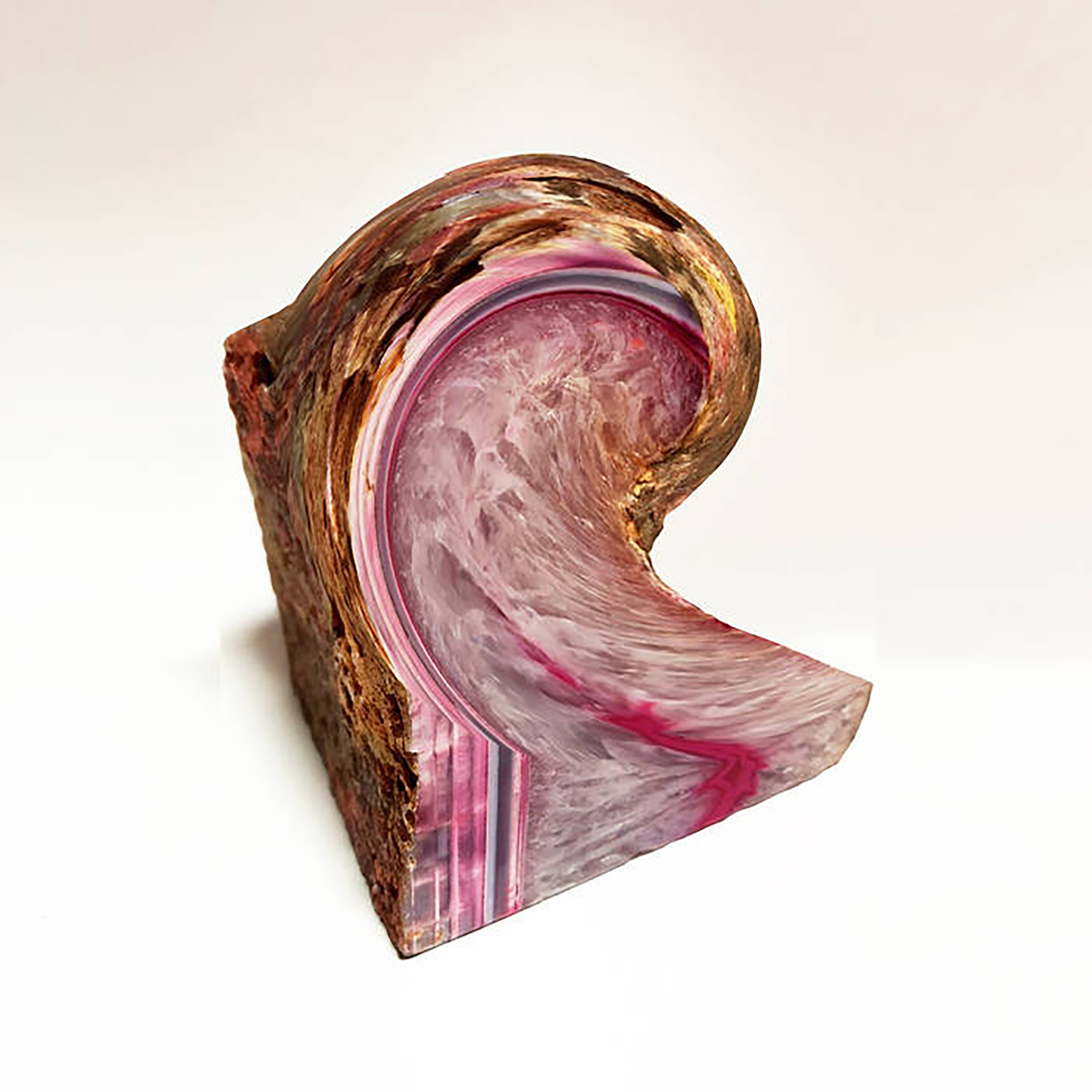

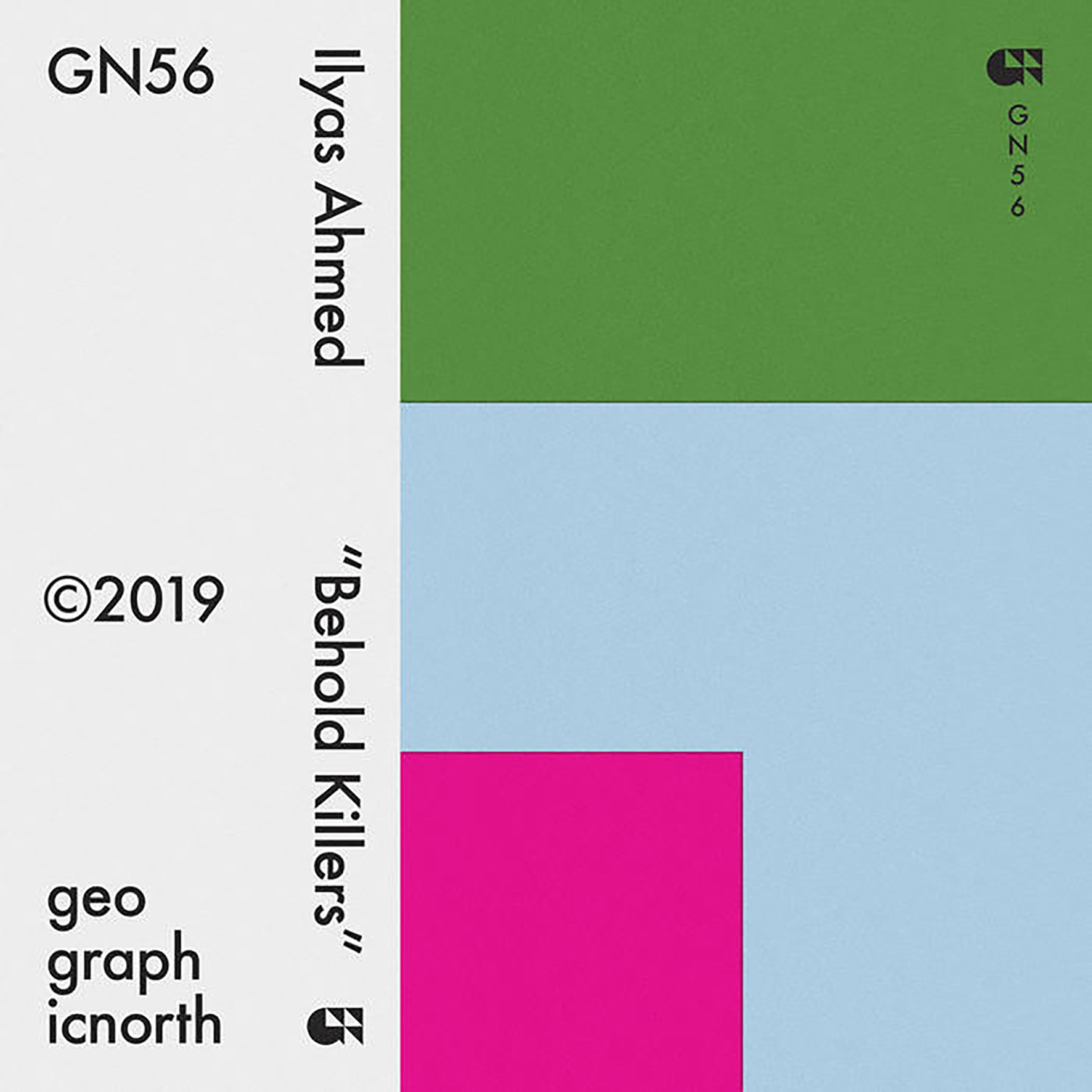 I have always found Portland’s Ilyas Ahmed to be an elusive and enigmatically unusual artist, though I have recently realized that I am basing much of that opinion on his 2005 debut (Between Two Skies). That album remains a cult favorite in some circles, as it exists in murkily melancholy and ghostly shadow realm between free folk and drone. The varied work that Ahmed has released in between that minor classic and this latest cassette has only made it more difficult to pin down his strange and shifting aesthetic, but it also feels as if no time has passed at all: Behold Killers returns once more to the blurry, diffuse gray area where structure, improvisation, drone, and experimentalism precariously coexist and bleed together. However, while the fluid approach to structure on this release is not a far cry from Ahmed's early days, the execution has improved considerably, as Behold Killers explore far warmer and more nuanced emotional territory than much of his previous work. I still find some elements of the album perplexing, of course, but it is anchored by a couple of excellent longform pieces.
I have always found Portland’s Ilyas Ahmed to be an elusive and enigmatically unusual artist, though I have recently realized that I am basing much of that opinion on his 2005 debut (Between Two Skies). That album remains a cult favorite in some circles, as it exists in murkily melancholy and ghostly shadow realm between free folk and drone. The varied work that Ahmed has released in between that minor classic and this latest cassette has only made it more difficult to pin down his strange and shifting aesthetic, but it also feels as if no time has passed at all: Behold Killers returns once more to the blurry, diffuse gray area where structure, improvisation, drone, and experimentalism precariously coexist and bleed together. However, while the fluid approach to structure on this release is not a far cry from Ahmed's early days, the execution has improved considerably, as Behold Killers explore far warmer and more nuanced emotional territory than much of his previous work. I still find some elements of the album perplexing, of course, but it is anchored by a couple of excellent longform pieces.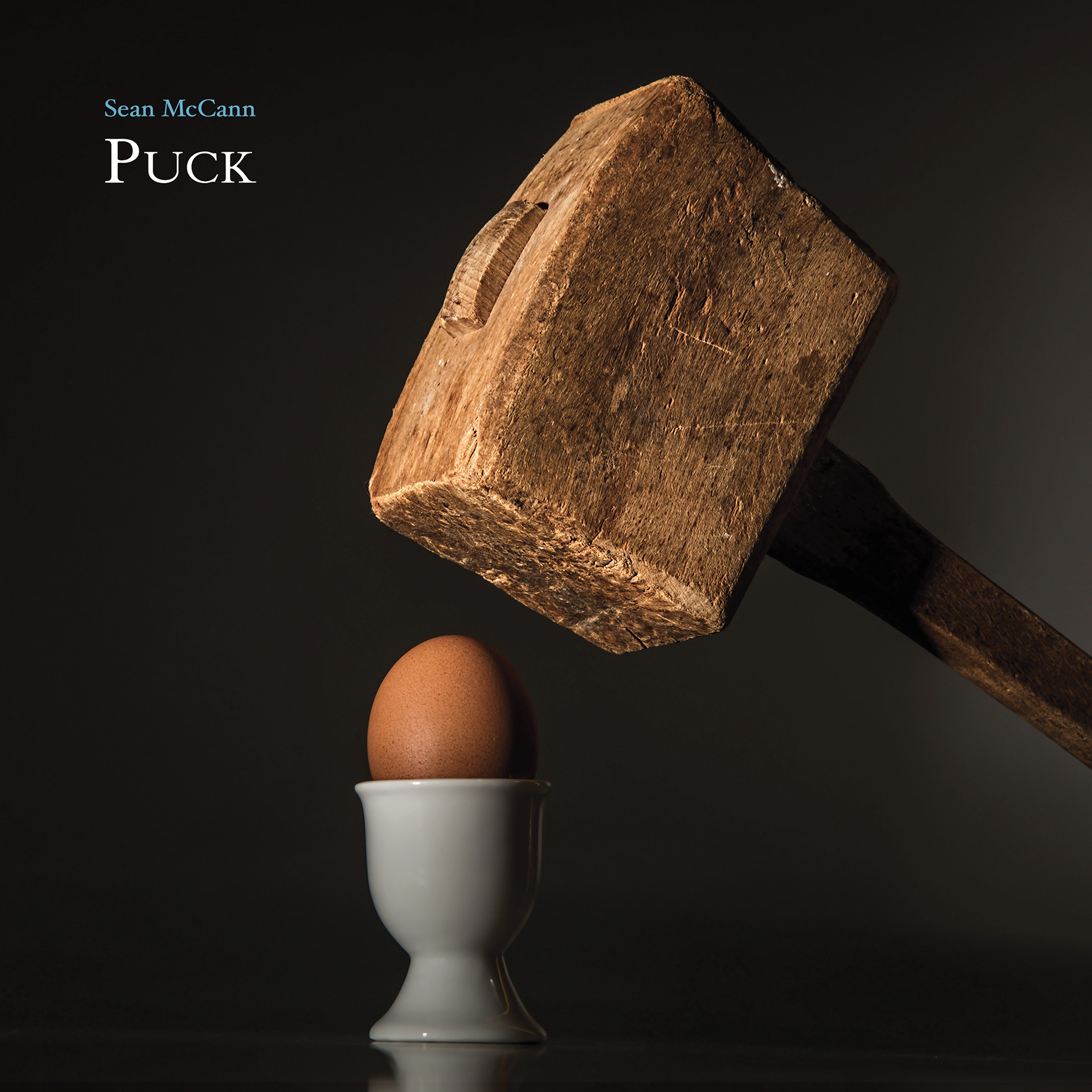 This latest release from Sean McCann picks up right where 2018's excellent Saccharine Scores left off, striking a lovely balance between stretched, blurred, and fragmented orchestral music and distracted, surreal snatches of spoken word. In the best way, McCann's recent work feels like eavesdropping on his subconconcious mind (though it is thankfully a subconscious mind with all of the boring bits edited out). Much like its predecessor, Puck is a series of warmly beautiful reveries swirling with mental detritus that feels meaningful, yet those impressions elude any connections or context that might illuminate what that meaning possibly could be. As a result, Puck is frequently quite moving in a profoundly ineffable way. McCann proves himself to be remarkably adept at mimicking how memory works, as we do not get to choose what lingers and what disappears: mundane scenes, fleeting impressions, and legitimately important moments all jumble together in a weird stew and there is no predicting what will bubble up to the surface next (or why). In lesser hands, an album in this vein would probably feel like a self-conscious attempt to blow my mind with wild surrealist juxtapositions, but McCann largely gets the tone and the execution exactly right: Puck is a beautifully casual, organic, fragile, and intimate album. It is quite possibly McCann's best as well.
This latest release from Sean McCann picks up right where 2018's excellent Saccharine Scores left off, striking a lovely balance between stretched, blurred, and fragmented orchestral music and distracted, surreal snatches of spoken word. In the best way, McCann's recent work feels like eavesdropping on his subconconcious mind (though it is thankfully a subconscious mind with all of the boring bits edited out). Much like its predecessor, Puck is a series of warmly beautiful reveries swirling with mental detritus that feels meaningful, yet those impressions elude any connections or context that might illuminate what that meaning possibly could be. As a result, Puck is frequently quite moving in a profoundly ineffable way. McCann proves himself to be remarkably adept at mimicking how memory works, as we do not get to choose what lingers and what disappears: mundane scenes, fleeting impressions, and legitimately important moments all jumble together in a weird stew and there is no predicting what will bubble up to the surface next (or why). In lesser hands, an album in this vein would probably feel like a self-conscious attempt to blow my mind with wild surrealist juxtapositions, but McCann largely gets the tone and the execution exactly right: Puck is a beautifully casual, organic, fragile, and intimate album. It is quite possibly McCann's best as well.
